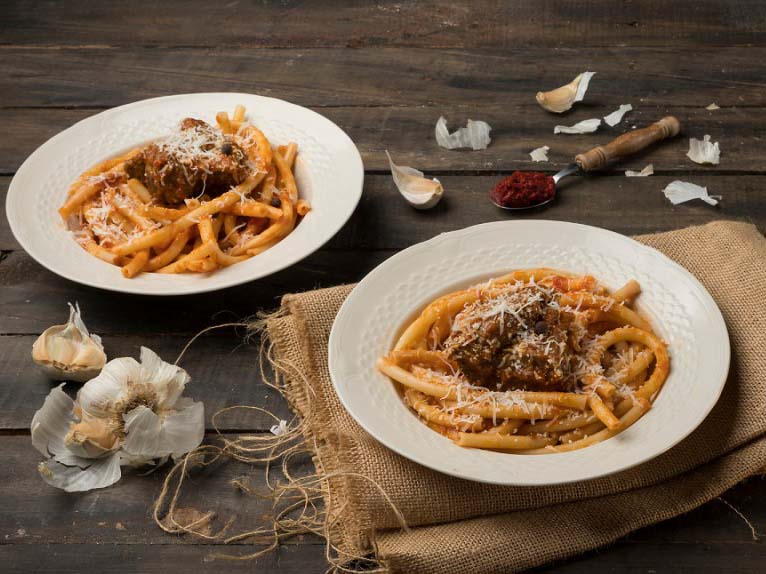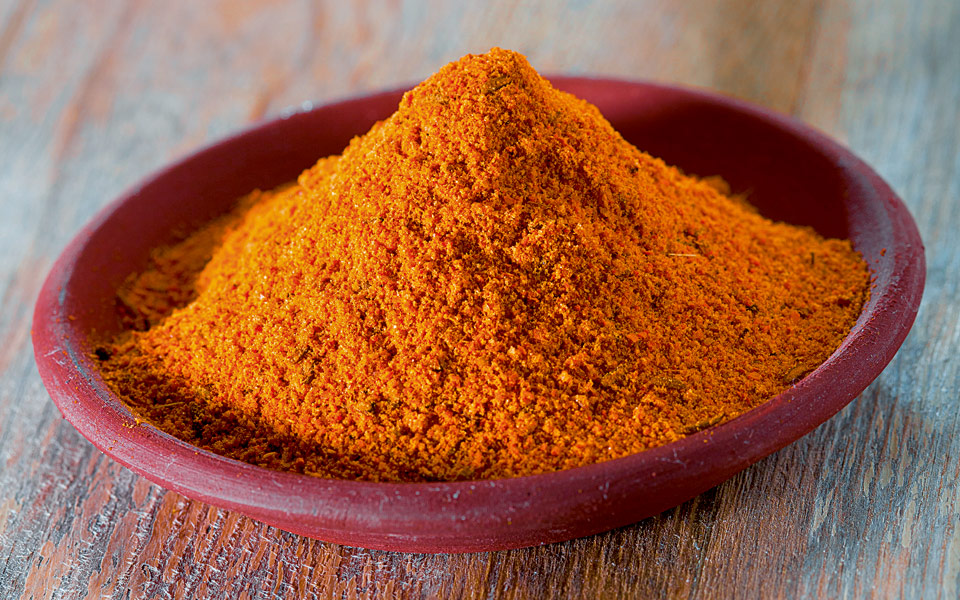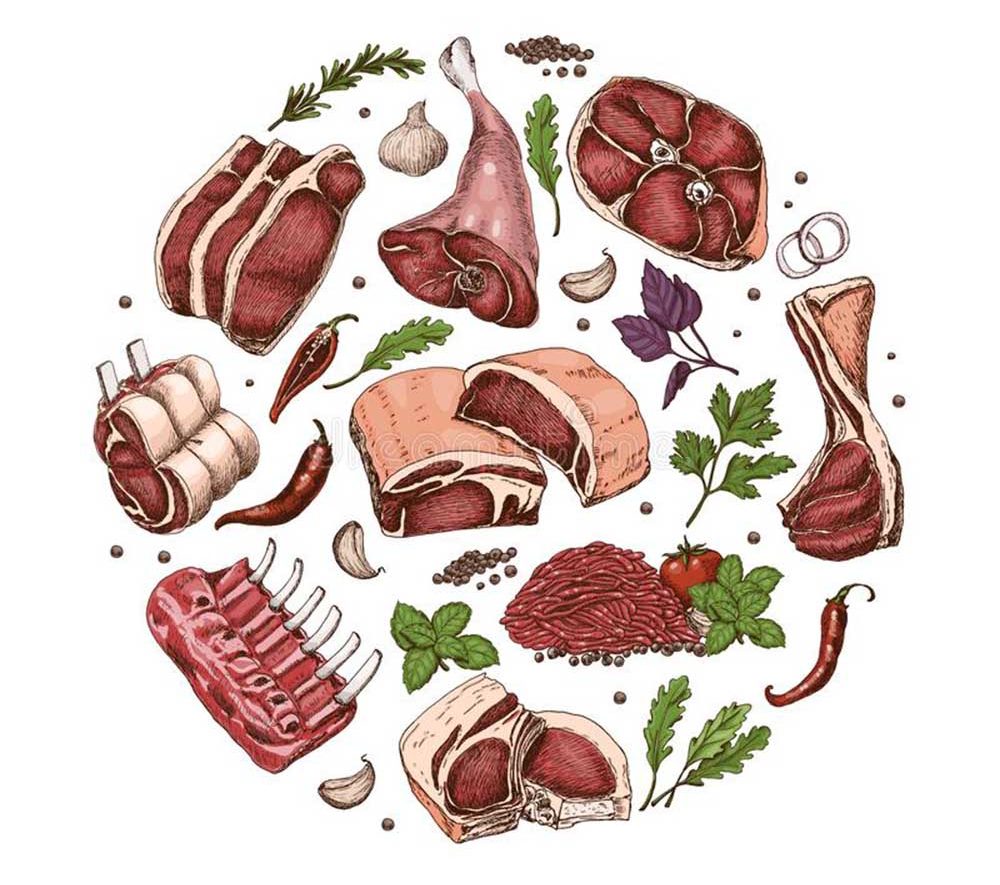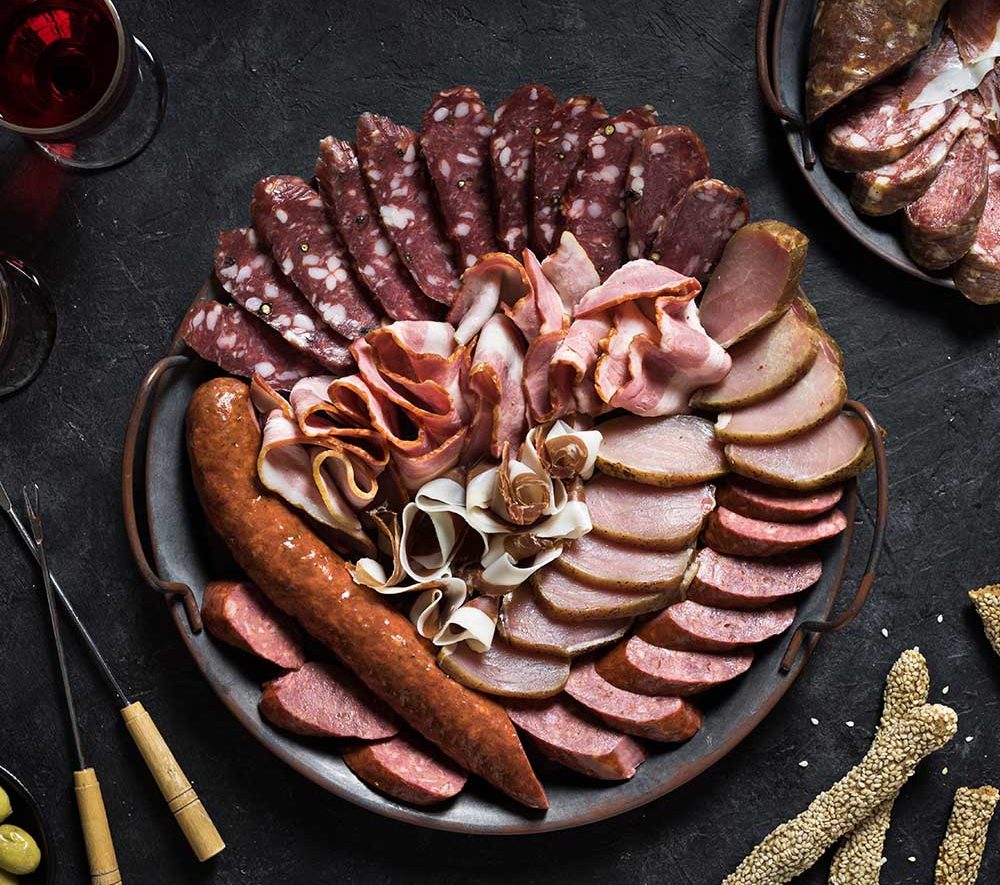
The King of the Ostrogoths and the horses of Verona
Two Germans fighting in a foreign territory (Italy), a battlefield strewn with gloriously fallen horses and plenty of barrels of wine, herbs and spices. All this marked the birth of Pastitsada, in Verona, the city that also gave birth to Romeo and Juliet, and so on September 30, the gastronomic flagship of Corfu celebrates its birthday, happily closing its 1,533 years.
It was the end of September 489 CE. when the King of Italy Odoacer (of German descent) encamped in Verona, hunted by the King of the Ostrogoths and Viceroy of the Visigoths, Theoderic the Great. Theoderic (also of German descent) had been sent by the cunning Byzantine Emperor Zeno, who was worried about the power that Odoacer had acquired. In fact, he had promised Theoderic, in exchange for his services, the Italian peninsula.
On the 30th of September, the deadly battle of Verona took place, in which Odoacer was defeated once again. On the battlefield lay countless innocent victims, soldiers of both sides, as well as many horses. Theoderic, striving to appease the locals, allowed them to take the killed horses and use them for food (the Italians still nowadays eat horse meat). However, so much meat – since refrigerators would have to wait 1400 years to be invented – was difficult to preserve and would certainly spoil. The inventive locals thought of keeping it in barrels immersed in red wine – the increased acidity of the wine of the time was very convenient to this end – and plenty of herbs and spices. That was it!
The new recipe, pastissada caval, was born. The meat was slowly cooked in the marinade and was an instant hit. The recipe spread throughout Veneto and became the favorite of the Doges of Serenissima. In Venetian ruled Corfu – in Corfu town, of course, where culinary art was highly esteemed- the spirit of celebration, of joie de vivre and all earthly pleasures was predominant. Thus, pastissada was welcomed, it became Pastitsada and was – and continues to be to this day – the gastronomic flagship of local recipes.
Of course, one thousand five hundred years is a long time: additions were effected, changes and replacements were made to the materials, the horse was substituted by calf and (later on) by rooster, the intoxicating spices brought by the Venetian galleys from the East were added in abundance. An ideal American bride, the Mexican tomato matched perfectly with the flavors, blending them exquisitely. The pharmacies of Corfu town, having the means to grind the spices into a fine powder, started to sell their special secret mixtures of the 7 spices of pastitsada, the Corfiot “Spetseriko”.
Pastitsada Recipe
- 1 kg veal (chuck or shank -or ask for flatiron) in chunks
- 2 red onions, chopped
- 2 cloves of garlic, minced
- 2 tbsp. “Spetseriko” spice (see recipe below)
- 1 ½ tbsp. tomato paste
- 400 g grated ripe tomatoes
- 2 bay leaves
- 150 ml red wine
- 2 tbsp. vinegar
- 150-200 ml water
- Extra virgin Corfiot olive oil
- Salt
- Freshly ground pepper
- 100 g Kefalotyri or Pecorino Romano cheese, grated
Method
- Pat dry and season the veal chunks with salt and freshly ground pepper. Heat 4-5 tbsp. of extra virgin Corfiot olive oil in a heavy-bottomed pot and sear the veal on all sides, for 6-8 minutes until nicely browned.
- Transfer the veal to a plate and keep warm, add the onions to the pot and saute for 2-3 minutes, until translucent. Add 1 tbsp. vinegar and stir until it evaporates. Repeat.
- Add the garlic, and the “Spetseriko” and saute for 30 seconds stirring, making sure the garlic does not burn.
- Add the tomato paste, stir and scrape the bottom of the pot with a wooden spoon.
- Return the meat with its juices to the pot and stir. Pour in the wine and bring to a boil until the alcohol evaporates and is reduced.
- Add the grated tomatoes, bay leaves, salt, freshly ground pepper and cover with hot water and lower the heat. Simmer covered stirring occasionally until tender, for approximately 1 ½-2 hours. If needed add some water. The sauce should be dark red and thick.
- Cook the pasta in abundant salted water for as long as indicated on the package, strain and sprinkle with 2 tbsp. of extra virgin olive oil and stir.
- Serve the pasta with the sauce and the beef with grated Kefalotyri or Pecorino Romano cheese.
Spetseriko
- 2 parts ground cinnamon
- 1.5 part sweet paprika
- 1 part ground cloves
- ½ part freshly ground black pepper
- ½ part ground allspice
- ½ part ground nutmeg
- ¼ part ground cumin

Related posts
 08Mar, 23
08Mar, 23 A Story of Circles
This is a story of circles. Circles within circles. Circles that gave birth to Gods and Heroes, Sages and Leaders, Arts and Sciences. Circles that once defined the whole of the known world, circles that claimed to be the middle –the very center- of Earth.
 02Mar, 23
02Mar, 23 Noumboulo Fumicado: Venetian Elegance, Corfiot Fragrance
When on January 9, 1387, under a golden bull, the Serenissima Republic of Venice gave its approval to the request of the five proxies of the Municipality of Corfu before the Doge Antonio Menier to annex Corfu …

